Feedback
What are your thoughts on how we're tackling environmental sustainability?
Like other agricultural industries, dairy is dependent on natural resources. We are very mindful of our stewardship role and the need to look after our water, our biodiversity and our soil, as well as reduce our waste and emissions.
Climate change remains a key material sustainability risk for the industry. Impacts including water scarcity will affect milk supply and the viability of the industry in some regions. The Australian dairy industry has set a target of a 30% reduction in GHG emissions intensity by 2030. The dairy industry wants to be part of the solution to ensure we play our role in meeting the challenges of climate change.
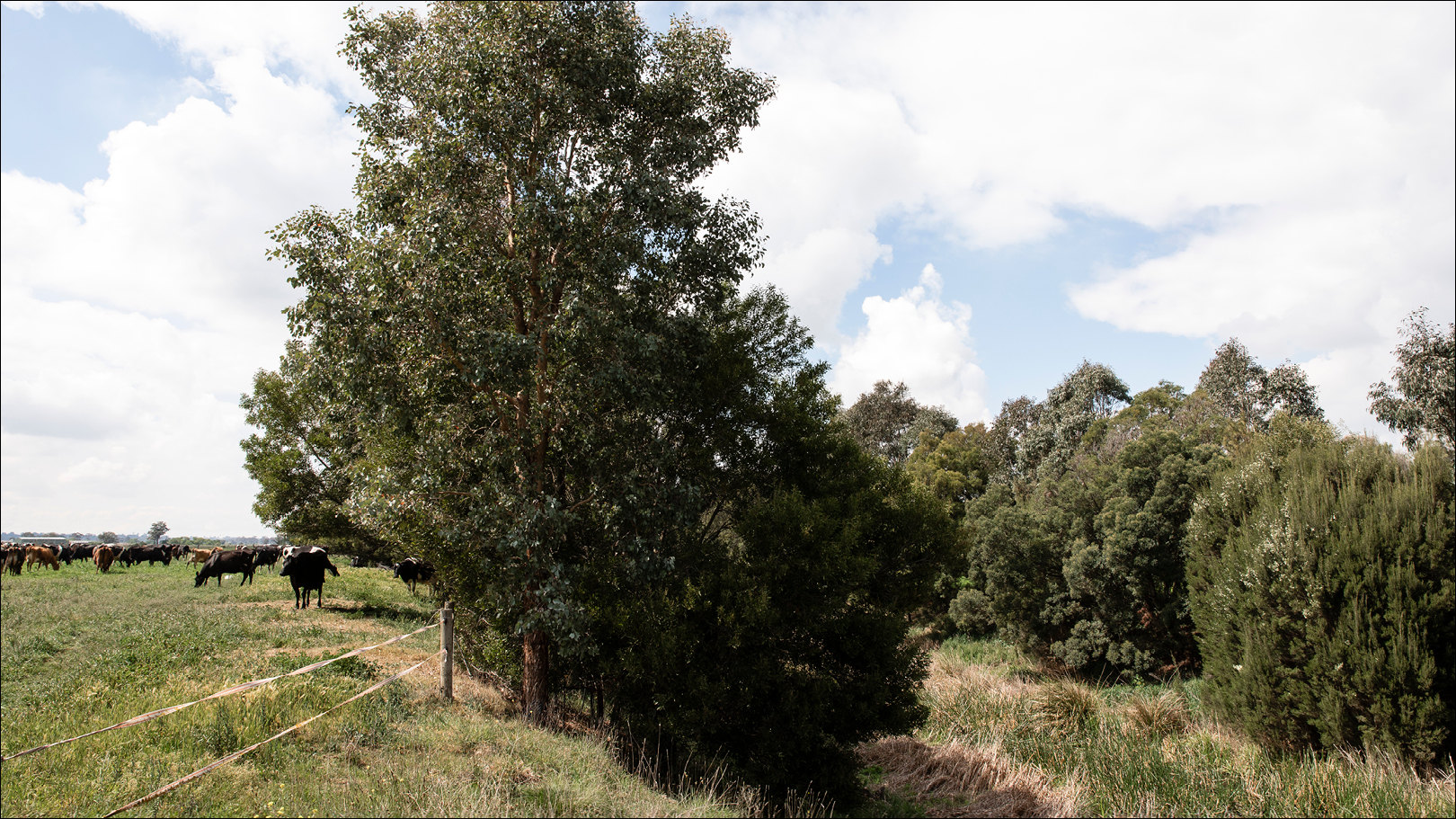
Australian dairy farmers are committed to managing land and water responsibly. The NFF has set a 2030 target for the net benefit from ecosystem services to be equal to 5% of farm revenue. This is an important issue and one that the dairy industry will monitor as land managed for agriculture includes assets important for biodiversity conservation.
There is no new data available for this goal or its targets and indicators. A survey of dairy farmer natural resource management practices will be undertaken in 2020 and the outcomes reported in the 2020 Dairy Sustainability Report.
These initiatives are driving change in nutrient, land and water management.
Dairying for tomorrow is a program that provides a suite of resources for dairy farmers to use to increase their farm productivity whilst reducing their environmental footprint.
DairySat is an environmental self-assessment and action planning tool for Australian dairy farmers.
This web-based template helps farmers to develop tailored plans to enhance biodiversity on their farm and surrounding landscape.
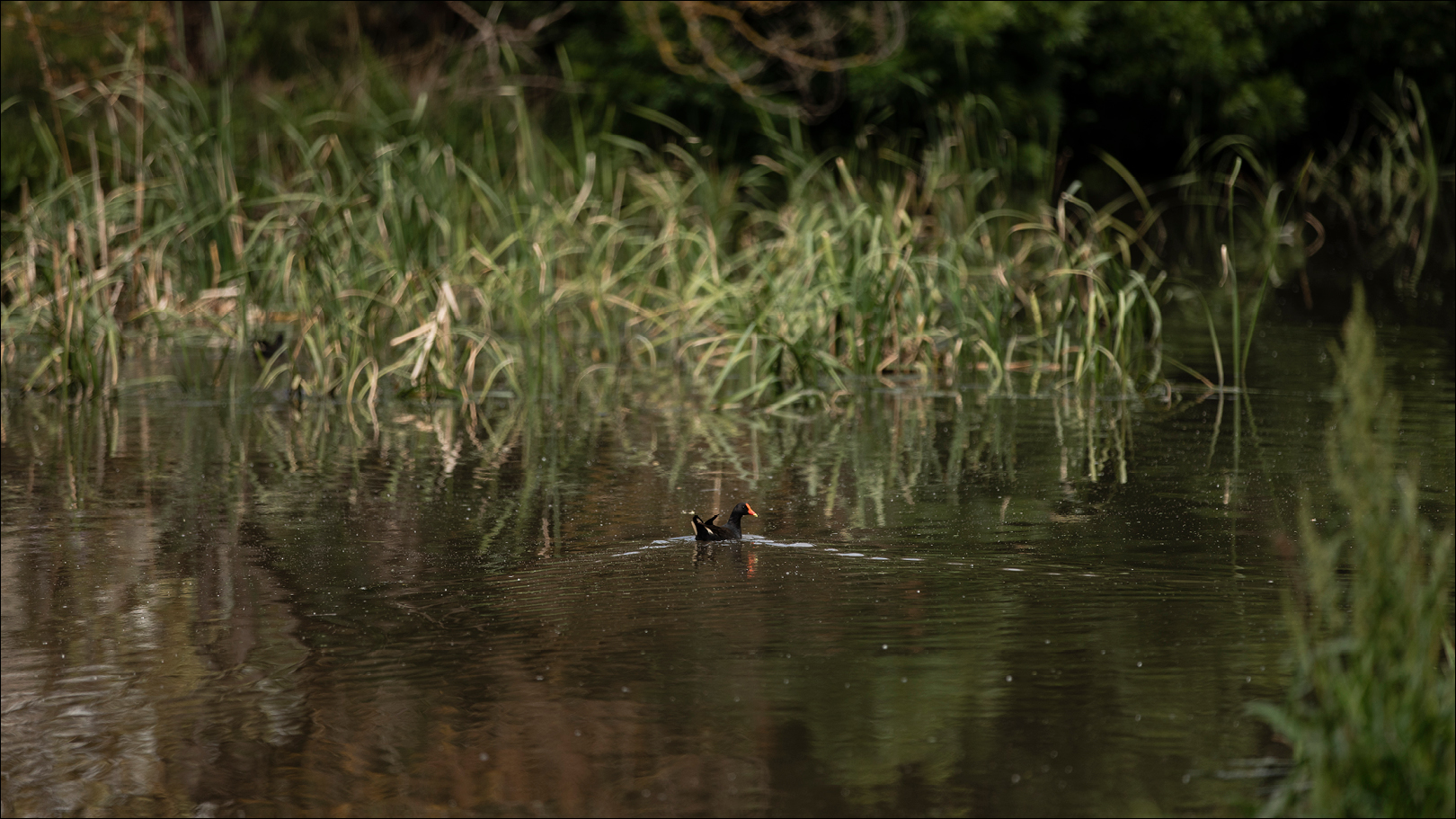
A series of trials across Western Australia will assess the use of technology in reducing nutrient loss from farms.
The dairy industry’s Regional Development Program, Western Dairy, is part of the Smart Farming Fertiliser project that will involve at least 36 fertiliser trials, using seven different treatments.
Cutting-edge technology, including near-infrared and x-ray fluorescence, will be used in conjunction with traditional techniques to measure productivity and nutrient status in soils and pastures.
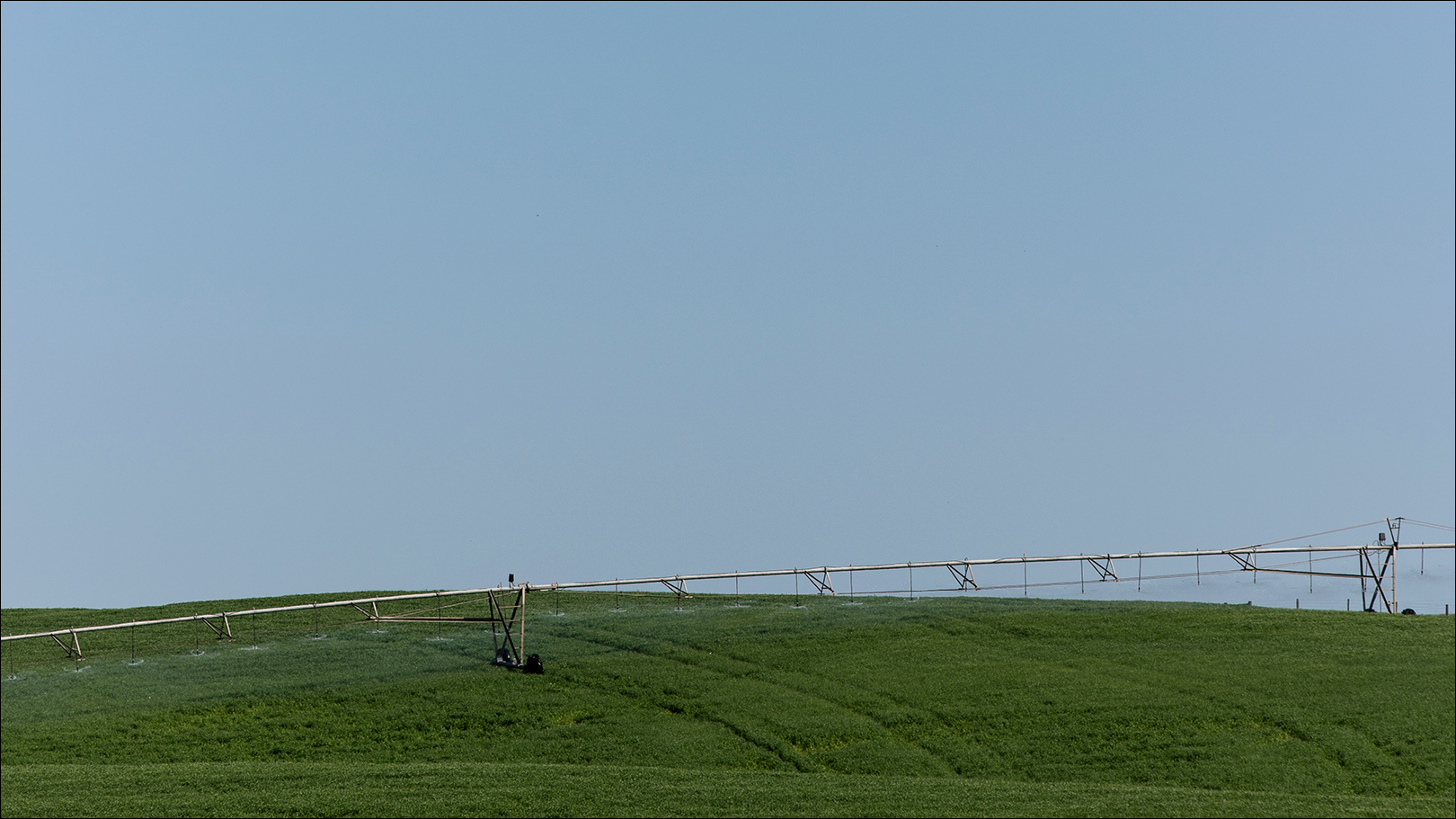
Water is a critical resource for the industry in all farming systems, from pasture based, to irrigated systems and housed animal systems as well as for manufacturing, and we are seeking to increase, monitor and report on our water use efficiency in both the farm and manufacturing sector. In a year when water was in short supply for much of the industry, particularly in the eastern states, there was an increased focus on wise water use. Improving water efficiency is an ongoing challenge.
How we performed in 2019:
These initiatives are driving change in the reduction of consumptive water intensity of dairy companies.
Dairy Manufacturer's Sustainability Council
Member companies measure and submit their water consumption and wastewater data for inclusion in an annual ‘scorecard’ and use this to benchmark their performance. Dairy Australia has also recently developed a technical report which outlines a shortlist of key opportunities for reducing the intensity of water consumption in the Australian dairy processing sector.
This program has demonstrated how major improvements in irrigation efficiency can be achieved with relatively minor tweaks.
Bega Cheese installed a steam condensate return system at its Tatura site in 2018. The system was designed in-house by one of the company’s own engineers.
The project was initiated to return the water arising from steam used in the Clean in Place Plant and other activities in the cheese plant, such as cream cheese pasteurisation, cream cheese separation, preheating and high fat pasteurisation.
The project results in multiple environmental and cost benefits including:
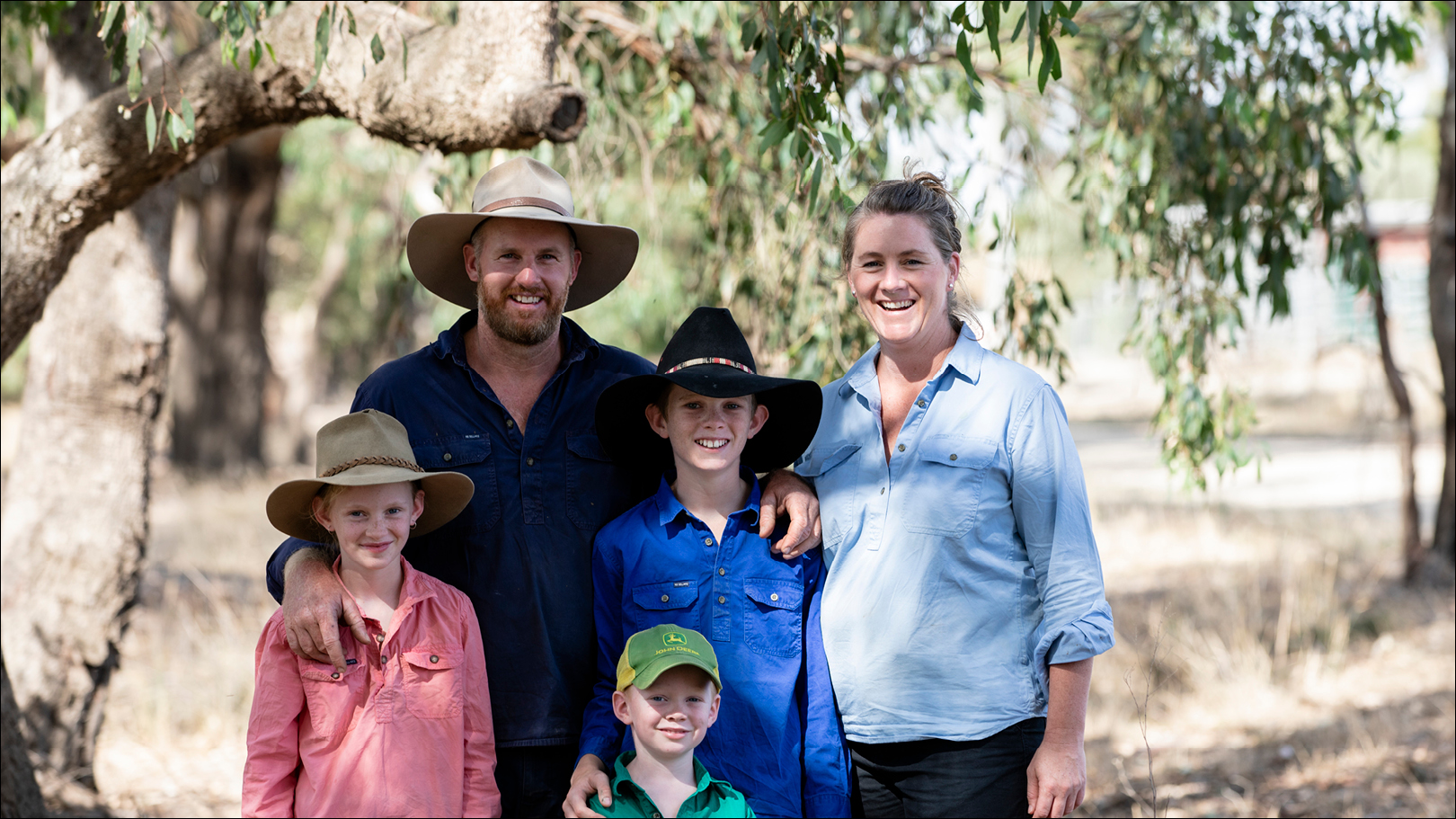
Northern Victorian irrigated dairy farmers Rachelle and Carl Moon manage their water portfolio in ‘three thirds’ to minimise the impact of water volatility on their business.
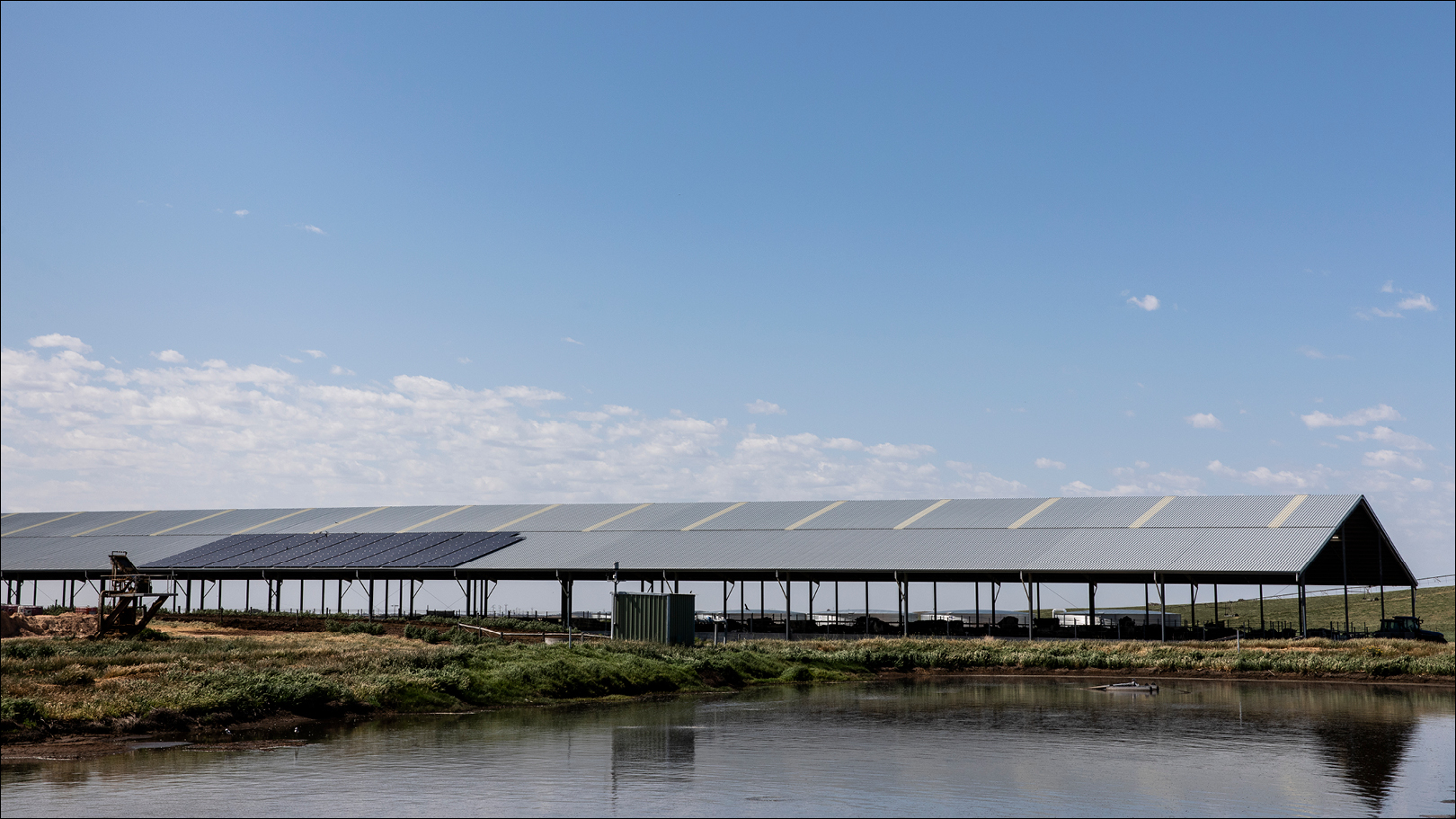
International scientific consensus links climate change with GHG emissions and the dairy industry has a responsibility to reduce its emissions in both the farm and manufacturing sectors.
In 2019, work focused on interrogating the proposed 2030 target to see if it is robust and how it might be achieved. Potential emissions reduction pathways for both farms and dairy manufacturing have been identified and are currently being assessed.
How we performed in 2019:
Dairy Australia’s strategic program supporting the industry goal to cut farm GHG emissions.
Helps farmers and service providers understand GHG emissions and reduction measures.
The Dairy Self Assessment Tool is an for environmental self-assessment and action planning for Australian dairy farmers.
Helps farmers identify potential GHG emissions reductions within their business.
ADF recognises that farmers have an important role in reducing GHG emissions in supporting Australia’s international commitments under the Kyoto Protocol and the Paris Agreement, and supports an emissions intensity target methodology for dairy farms.
PPA Victorian dairy producer Burra Foods will soon get a portion of its energy needs from cheap Australian wind energy, after signing a 10-year power purchase agreement to source electricity from the Ararat Wind Farm.
Organic waste from Bulla Dairy Foods, the Australian Lamb Company and AKD Softwoods in Colac will be converted into electricity, gas and water at Barwon Water’s nearby treatment plant.
Dairy Australia has supported the development of a techno-economic study into a variety of energy supply options for dairy manufacturing sites, which also includes consideration of GHG emissions reduction and a self-assessment tool to calculate approximate cost savings and GHG reductions based on options considered.
Dairy Australia has also recently developed a technical report which outlines a shortlist of key opportunities for reducing the GHG emissions intensity of the Australian dairy processing sector.
Lights at Lactalis’ Lidcombe site in NSW used 1624 MWh per year, representing 9.5% of the total annual bill and costing $230,000 per year.
Following a site energy audit, a lighting upgrade was undertaken. The project reduced overall energy use by 660 MWh, saving $105,000 per year
in energy costs with a capital cost of $268,000.
At Bega Cheese’s Derrimut warehouse facility in Victoria, another lighting upgrade realised significant energy and financial savings. The warehouse operated around the clock with 130 inefficient metal halide lights which were replaced with more efficient high bay LED lights. Along with a reduction in energy use, there were added benefits in less heat generation, less maintenance and higher-lux levels throughout the facility (meeting AS/NZS1680 lighting standards).
Savings of $40,000 per year in operating costs were made - $60,337 operating and $4,534 maintenance pre-upgrade, and $18,984 per year operating cost post-upgrade.
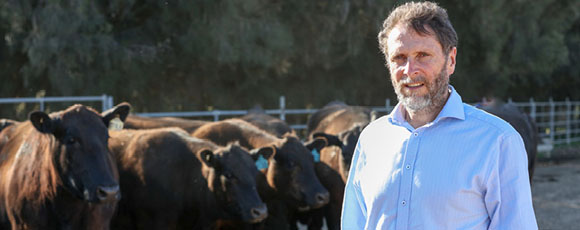
In a boon for mitigating climate change, researchers have found that the genetics of a cow strongly influence the composition of their gut and how much methane they produce.
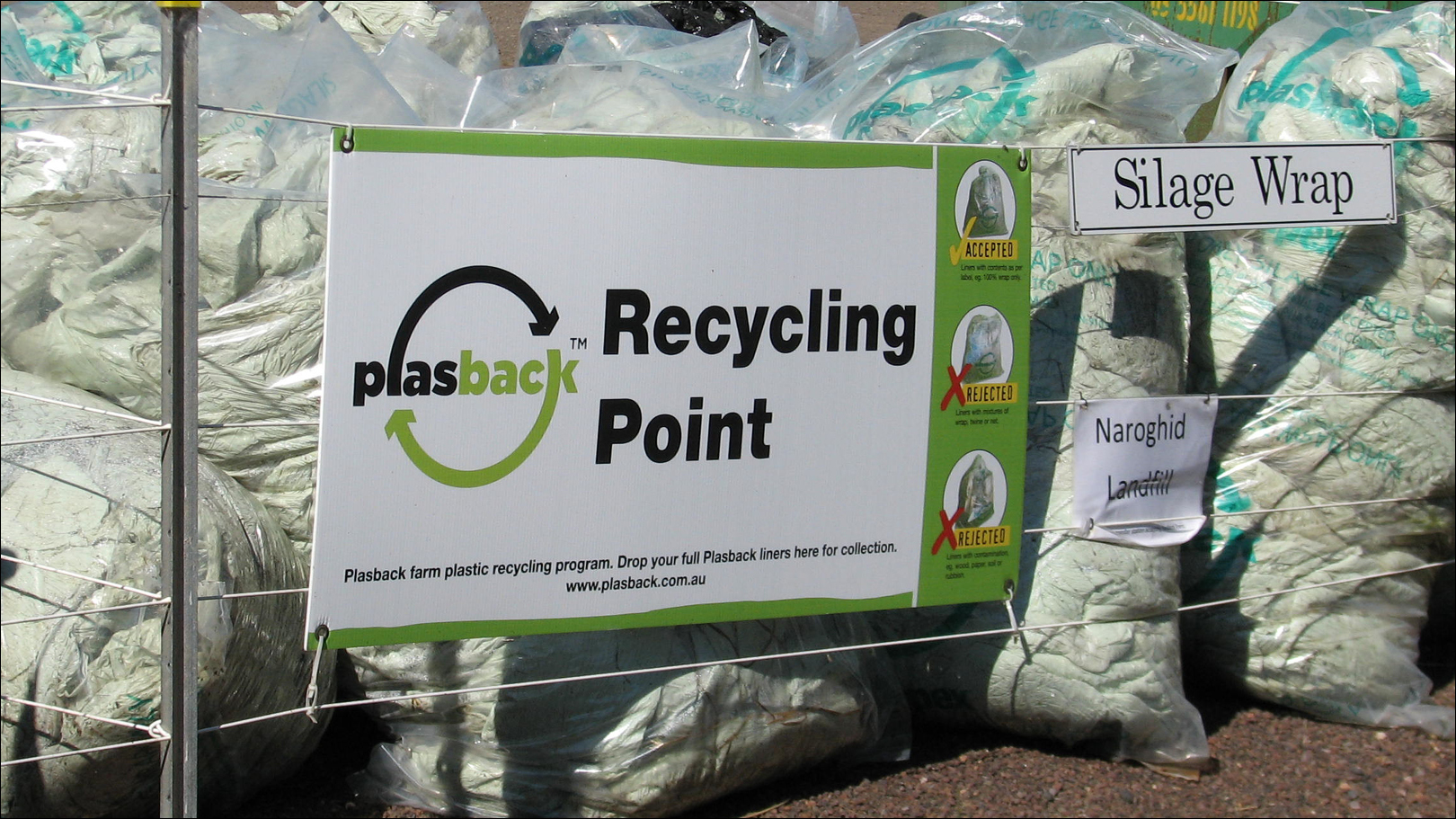
The Australian Government’s commitment to all packaging being recyclable, compostable or reusable by 2025 has increased the urgency of addressing this issue. Dairy processors typically produce a variety of waste types including packaging waste such as cardboard, paper, cartons and plastic, organic wastes such as sludge and reject product as well as office waste. On farm, silage wrap is a key issue due to a lack of available options for recycling in regional areas.
How we performed in 2019:
At the manufacturing level, waste intensity increased in 2018-19 to 1.5 tonnes of waste sent to landfill per ML of milk processed - up from 1.35 in the previous year.
A newly-formed working group is examining how dairy companies can achieve 100% recyclability of packaging, incorporate more recycled content and reduce post-consumer packaging going to landfill.
Programs within dairy companies have also had an impact, particularly at site level where waste is arguably more visible than energy and water consumption.
Research to map the composition of dairy manufacturing waste streams and add value is currently being completed by Queensland University of Technology as a result of Dairy Australia’s involvement in the Meat & Livestock Australia-led Wastes to Profit project, as well as by the University of Melbourne as part of the ARC Dairy Innovation Hub which is evaluating the potential of biological treatment technologies to add value to dairy wastes.
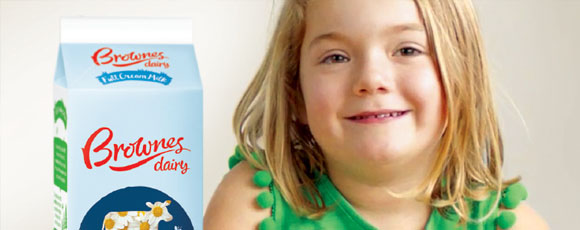
A dairy company launched Australia’s first renewable cartons when it ditched the fossil-fuel derived plastic lining in its milk cartons for sugarcane during 2019.
What are your thoughts on how we're tackling environmental sustainability?